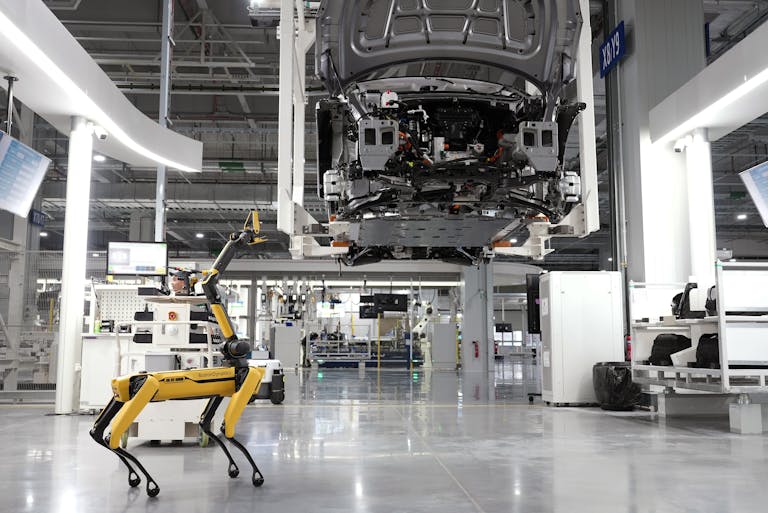Will Graphic Design Be Automated? Here’s What You Need to Know
AI is rapidly transforming the graphic design industry. Models are already capable of generating professional-quality layouts, illustrations, and marketing materials with minimal human input. One of the most significant developments is the recent improvement in image generation from tools like ChatGPT-4o, which has drastically increased the accuracy of text within images—a key limitation in previous models. While not perfect, it marks a clear turning point in AI’s ability to handle full design tasks.
The Automation Risk for Graphic Designers
The risk of automation in graphic design is high and growing fast. Many routine design tasks—social media graphics, ad creatives, email headers, UI mockups and business logos—can now be produced quickly and affordably using AI. While these designs often still require a human touch for polish or customization, even that is becoming less necessary as models improve.
There may be slightly less risk in sectors where there is strong consumer resistance to AI-generated art or where authenticity is part of the brand identity. Some companies may even use “human-only” design as a marketing angle. However, this is the exception, not the rule. For most businesses, the cost savings of AI-generated design are simply too compelling to ignore.
How to Use AI to Speed Up Graphic Design
For designers who want to stay relevant, integrating AI into your workflow is the most effective short-term strategy. These tools can help you produce drafts, experiment faster, and deliver more work in less time—freeing you up to focus on higher-level strategy and client communication.
At the time of writing, Sora currently offers the best results for creating designs that incorporate detailed and accurate text. If you need to generate text-based posters, banners, or ad creatives, it outperforms other models in both structure and clarity.
Adobe Firefly, Midjourney, and Ideogram are other options for generating and editing images.
Using these tools won’t protect your role forever, but it gives you an edge while the transition is still unfolding.
Emphasize the Human Element
If you don’t want to use AI and are committed to doing fully human-made work, your best advantage is making that fact part of what you offer to clients. In a landscape where AI-generated visuals are everywhere, some clients and industries will actively prefer hand-crafted designs—especially when they can highlight that choice in their own branding or messaging.
There’s also the legal side. The copyright status of AI-generated content remains questionable, and companies may prefer to work with human designers to avoid complications around ownership and rights.
If this is the path you’re taking, make sure to:
- Brand your work clearly as “human-made” so clients can use that as part of their own marketing
- Share your process to demonstrate the manual effort and reinforce the authenticity of the work
- Emphasize that human-made designs allow clients to claim original authorship and avoid legal uncertainty around AI-generated content and copyright
- Target clients or industries where there is strong resistance to AI art and where hand-crafted work can be positioned as a selling point
Conclusion
Graphic design is one of the most vulnerable creative fields when it comes to automation. Tools like ChatGPT-4o and Sora are already producing content that rivals professional level design work, and the trend is only accelerating.
To survive and thrive, you need to either embrace these tools to increase your output—or make your identity as a human designer the core of your value. And if neither path feels secure, you may want to explore roles in industries that are more resistant to automation.

